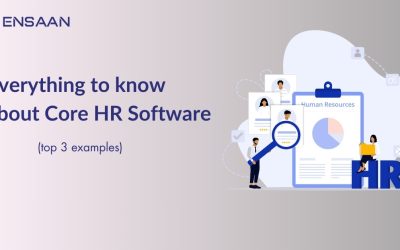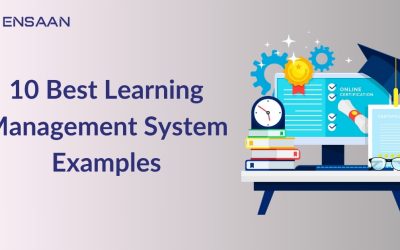In today’s fast-paced business environment, where technology evolves at a staggering pace, digital transformation has become a cornerstone for organizational success. Human Resources (HR) is at the forefront of this transformation, leveraging technology to streamline processes, enhance employee experiences, and drive strategic decision-making. In this blog, we present a practical guide to navigating digital transformation in HR through the effective use of technology.
1. **Assess Your Current State:**
Before embarking on a digital transformation journey, it’s crucial to conduct a comprehensive assessment of your current HR processes and technologies. Identify pain points, inefficiencies, and areas for improvement. Understanding your starting point will help you formulate a targeted strategy for digital transformation.
2. **Define Clear Objectives:**
Establishing clear and achievable objectives is fundamental to the success of any digital transformation initiative. Whether it’s improving employee engagement, optimizing recruitment processes, or enhancing learning and development programs, defining specific goals will guide your technology selection and implementation.
3. **Invest in Integrated HR Technology:**
Integration is key to unlocking the full potential of HR technology. Choose solutions that seamlessly integrate with each other and with existing organizational systems. An integrated HR technology stack ensures data consistency, reduces manual work, and provides a unified view of HR processes, fostering a more efficient and connected workplace.
4. **Embrace Cloud-Based Solutions:**
Cloud-based HR technology offers scalability, flexibility, and accessibility that traditional on-premise solutions may lack. Cloud solutions allow HR professionals to access data and tools from anywhere, facilitating remote work and ensuring that technology evolves alongside the changing needs of the organization.
5. **Implement Robust Talent Management Systems:**
A critical component of HR technology is a robust talent management system. This includes modules for recruitment, onboarding, performance management, and learning and development. An integrated talent management system streamlines processes, enhances collaboration, and provides valuable insights into workforce capabilities.
6. **Enable Employee Self-Service:**
Empower your employees by implementing self-service functionalities. Digital HR solutions that allow employees to access and update their information, submit leave requests, and participate in training programs contribute to a more engaged and proactive workforce. This not only improves efficiency but also boosts overall employee satisfaction.
7. **Prioritize Data Security and Compliance:**
As HR technology involves handling sensitive employee information, prioritize data security and compliance. Ensure that the chosen solutions adhere to industry standards and regulations. Robust security measures protect both the organization and its employees, fostering trust in the digital transformation process.
8. **Continuous Training and Adoption:**
The successful implementation of HR technology requires ongoing training and support for users. Invest in comprehensive training programs to ensure that your HR team and employees are proficient in using the new technologies. Regular updates and communication about the benefits of the technology will encourage adoption and maximize its impact.
Digital transformation in HR is not just a technological upgrade; it’s a strategic imperative that enhances organizational agility, efficiency, and employee experiences. By assessing your current state, setting clear objectives, embracing integrated and cloud-based solutions, implementing talent management systems, enabling employee self-service, prioritizing data security, and ensuring continuous training, you can navigate the complexities of HR technology and position your organization for success in the digital era. Embrace the transformative power of technology to unlock the full potential of your most valuable asset – your people.

















